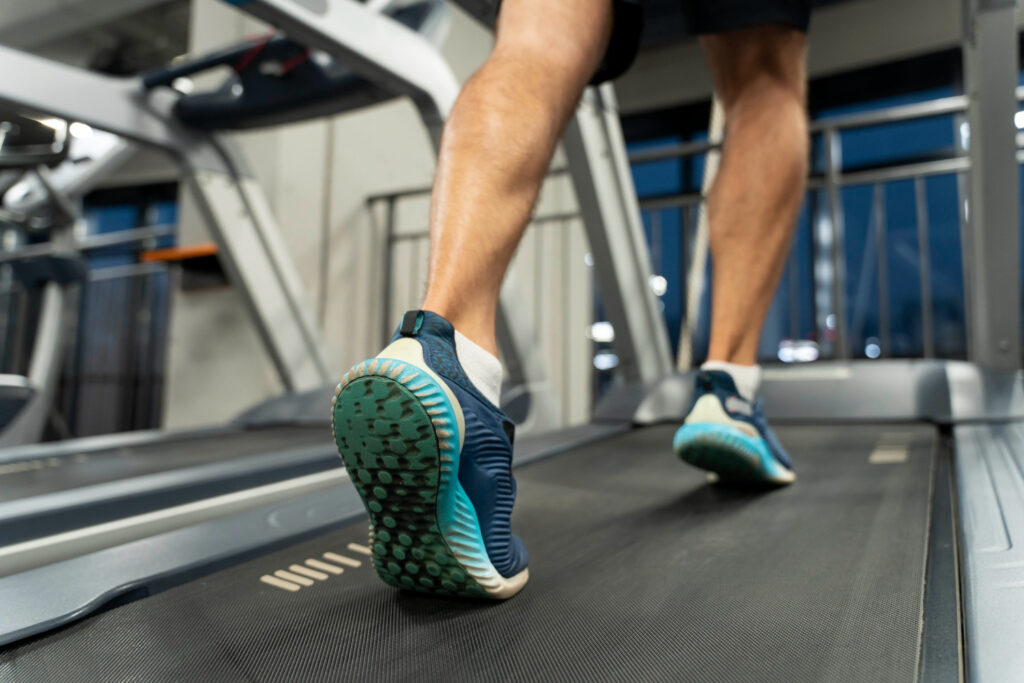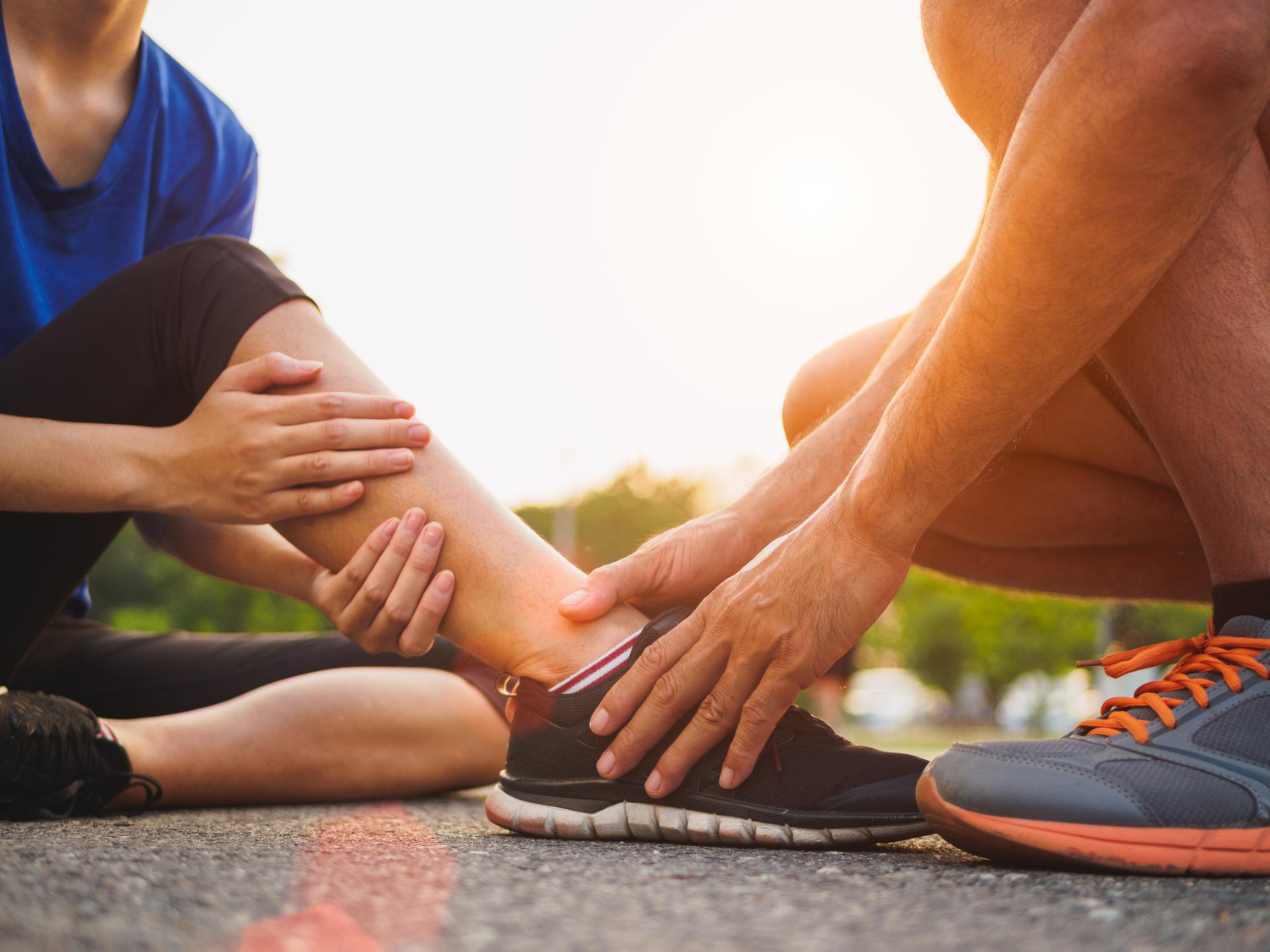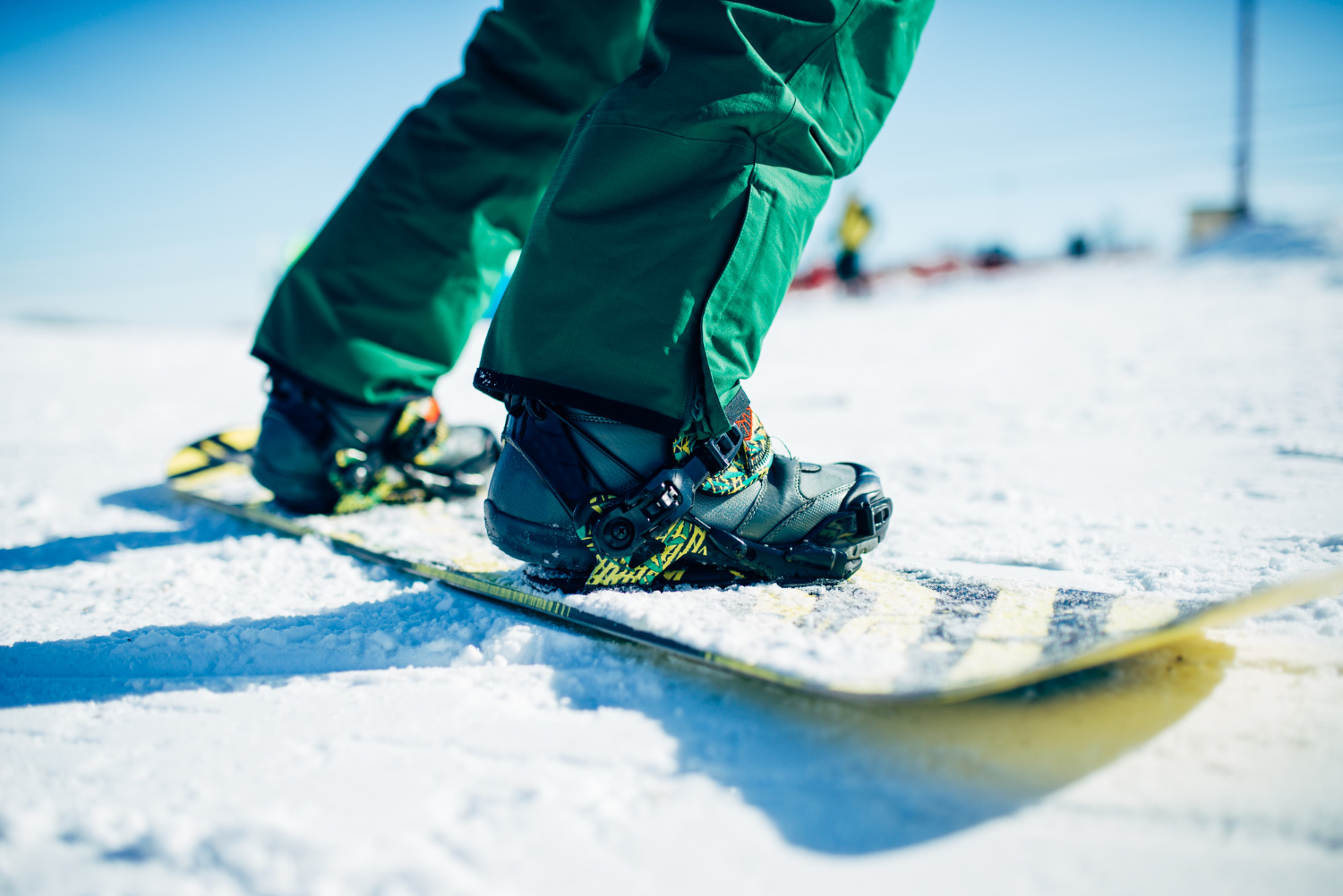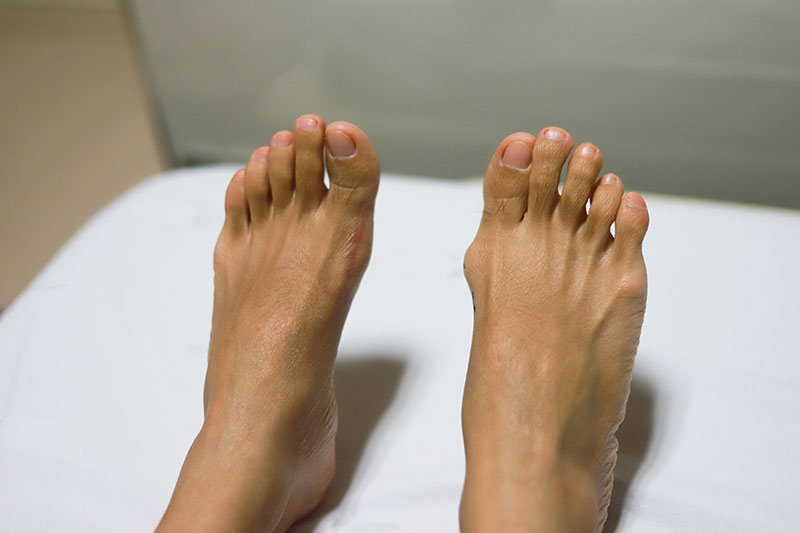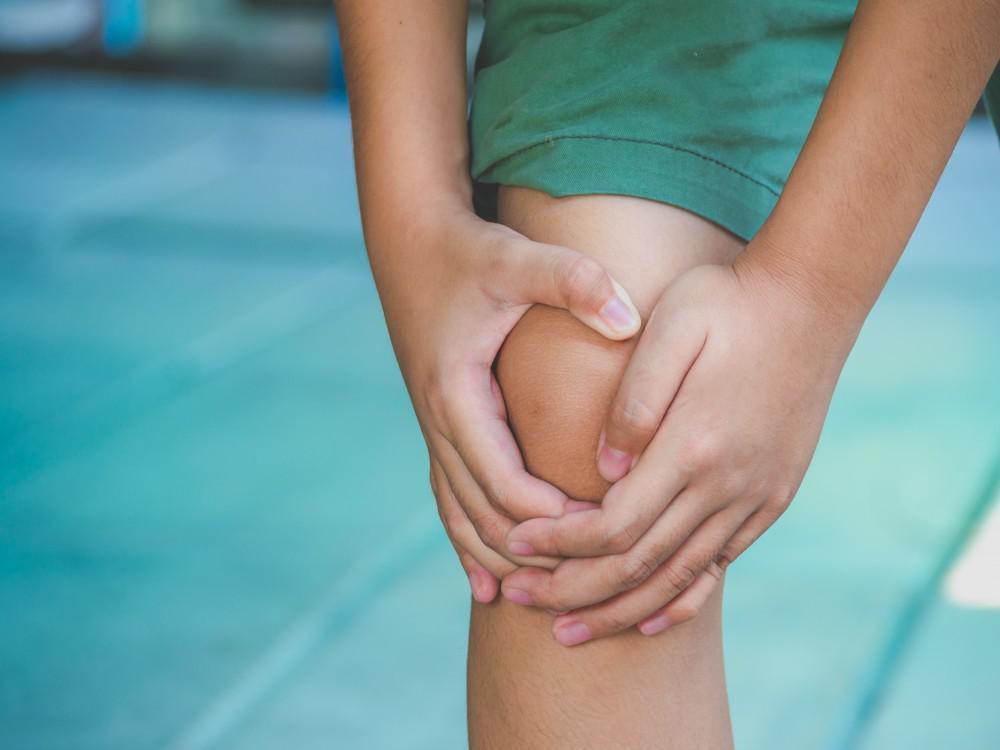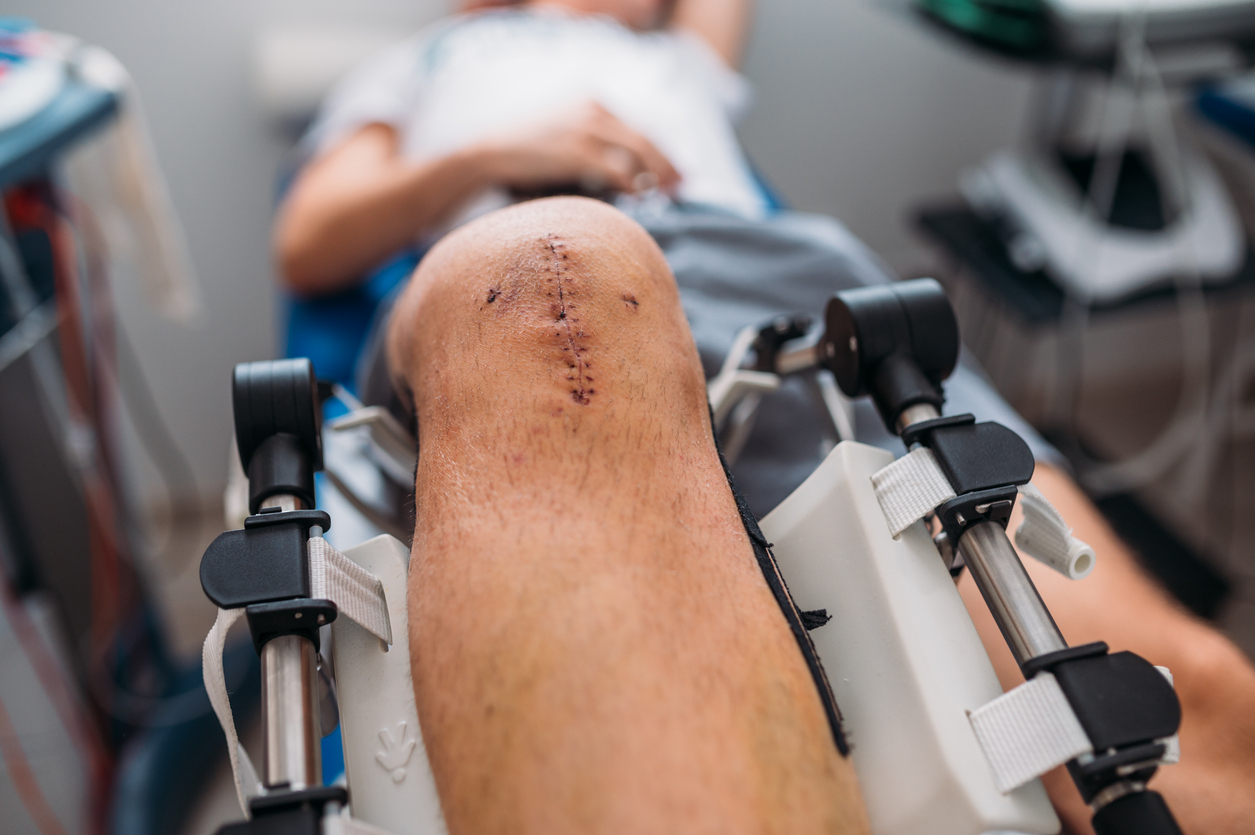The new year brings a fresh start for many of us, and one common goal is getting back into shape or hitting the gym after a break. Whether you’re a beginner or someone who’s returning to fitness after some time off, it’s tempting to dive headfirst into a new gym routine. But here’s the catch – pushing yourself too hard, too fast, can lead to sore muscles, or worse, injuries.
With the right approach, you can gradually build up your fitness level, protect your joints, and avoid unnecessary pain or setbacks. Here are some tips on how to ease into a gym routine that helps you start strong and stay injury-free.
First and Foremost, Joint Protection Matters
Step 1 - Start Slowly and Build Gradually
- Low weights, high reps – Instead of going straight for heavy weights, start with lighter ones that you can lift comfortably for 12-15 reps. This builds muscle endurance while giving your joints time to adjust.
- Shorter workouts – If you’re new to the gym or coming back after a long break, start with shorter sessions—around 20 to 30 minutes of exercise, two to three times a week. As your body gets used to the new routine, you can gradually increase the length and intensity of your workouts.
- Add rest days – Your body needs time to recover, especially if you’re new to working out. Make sure to schedule rest days between sessions to avoid overloading your muscles and joints.
Step 2 - Focus on Strengthening the Muscles Around Your Joints
- Bodyweight squats – Squats are excellent for strengthening your quads, hamstrings, and glutes, which provide stability to your knee and hip joints. Just make sure to start with bodyweight squats before adding any weights.
- Leg raises – Lying leg raises help to strengthen your core and lower body without placing pressure on your joints, making them a great starting point for beginners.
- Glute bridges – This exercise targets your glutes and lower back, which are essential for stabilizing your hips and preventing lower back pain.
- Plank holds – A strong core is key to maintaining proper posture and reducing strain on your lower back and shoulders. Start with short plank holds and gradually increase the duration as your core strength improves.
Step 3 - Incorporate Joint-Friendly Cardio
- Cycling or Stationary Bike – Cycling is great for working your legs and getting a cardio workout in without putting pressure on your knees and hips.
- Swimming or Water Aerobics – Exercising in water reduces the impact on your joints, making swimming an excellent full-body workout.
- Elliptical Trainer – The elliptical provides a low-impact alternative to running, giving you the same cardio benefits without the jarring impact on your joints.
Step 4 - Don’t Forget to Stretch and Warm Up
Step 5 - Listen to Your Body
Book Your Appointment At TOPS Now
The beginning of a new year is a great time to set fitness goals, but it’s not a race. Easing into your gym routine will help you avoid injuries and stay consistent in the long run. By strengthening the muscles around your joints, incorporating low-impact cardio, and giving your body the rest it needs, you’ll build a solid foundation for a healthier, stronger you.
At The Orthopaedic & Surgery Clinic, we’re here to support you through every step of your fitness journey. If you have any concerns about your joint health or are dealing with pain, don’t hesitate to reach out to our specialists for advice and care.

